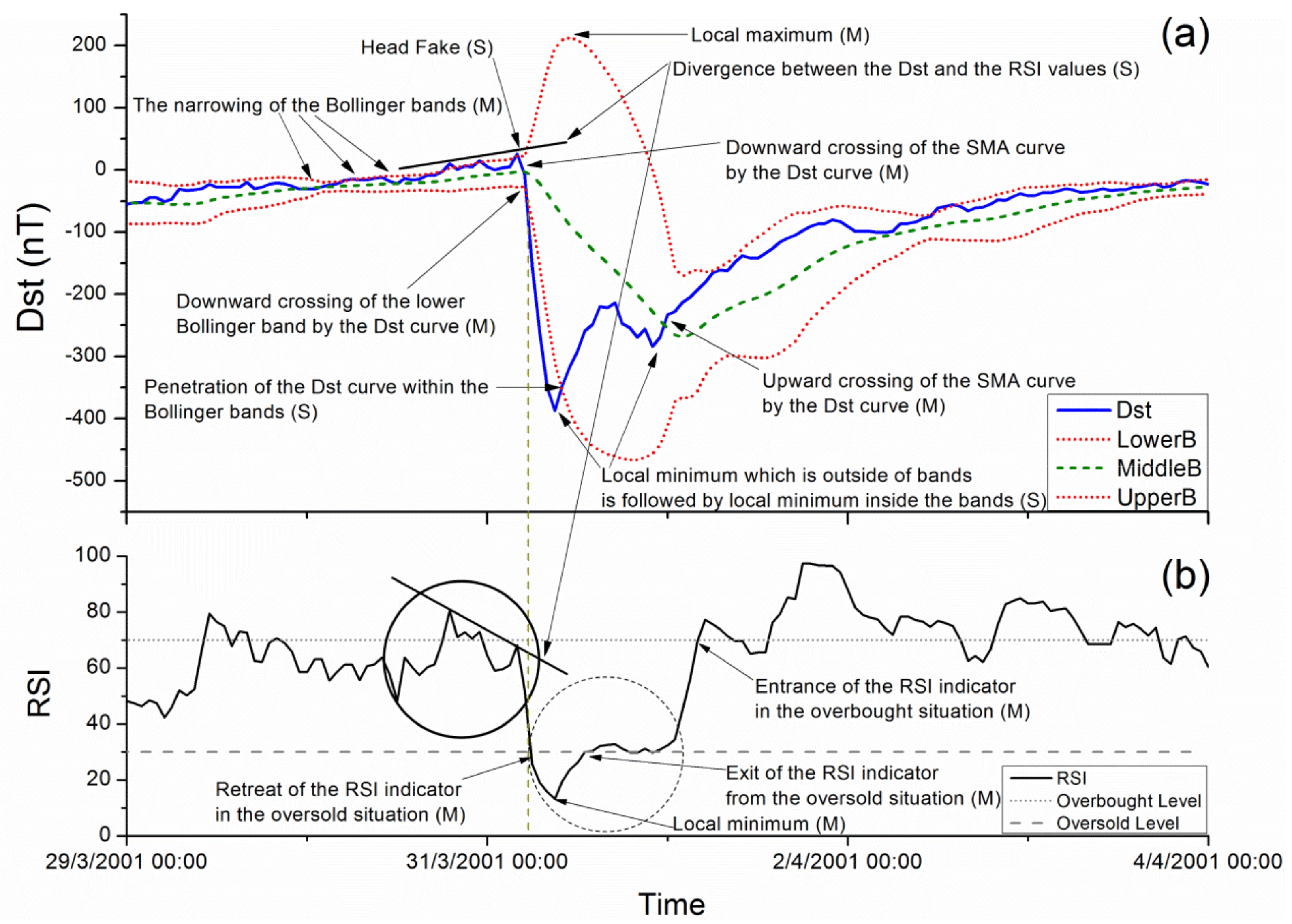
Let’s unpack each strategy, so you can identify which one will work best with your trading style.Ī common Bollinger Band strategy involves a double bottom setup. Many of you have heard of the classic technical analysis patterns such as double tops, double bottoms, ascending triangles, symmetrical triangles, head and shoulders top or bottom, etc.īollinger Bands can add that extra bit of firepower to your analysis by assessing the potential strength of these formations. Learn to Trade Stocks, Futures, and ETFs Risk-Free Now that we have covered the basics, let’s shift our focus over to the top 6 Bollinger Bands trading strategies. It’s better to stick with 20, as this is the value most traders are using to make their decisions, versus trying to look for a secret setting. Our strong advice to you is not to tweak the settings at all. The problem with this approach is that after you change the length to 19.9 (yes people will go to decimals), 35 and back down to 20 it still comes down to your ability to manage your money and book a profit. While the configuration is far simpler than many other indicators, it still provides you with the ability to run extensive optimization tests to try and squeeze out the last bit of juice from the stock.

We make this point in regard to the settings of the bands. Therefore, you could tweak your system to a degree, but not in the way we can continually tweak and refine our trading approach today. In the old days, there was little to analyze. While technical analysis can identify things unseen on a ticker, it can also aid in our demise as traders. This process of losing money often leads to over-analysis. If you are new to trading, you are going to lose money at some point. The below chart illustrates the upper and lower bands. Lower Band = Middle band – 2 standard deviations. Middle Band = 20-period moving average (most charting packages use the simple moving average) Upper Band = Middle band + 2 standard deviations They are calculated as two standard deviations from the middle band. The upper and lower bands are then a measure of volatility to the upside and downside. Most stock charting applications use a 20-period moving average for the default settings. Helpful Bollinger Bands Resources and My Personal Experience with Bollinger Bands.Applying Bollinger Bands to a Volatility Indicator.Can Bollinger Bands Predict Huge Price Moves?.



 0 kommentar(er)
0 kommentar(er)
